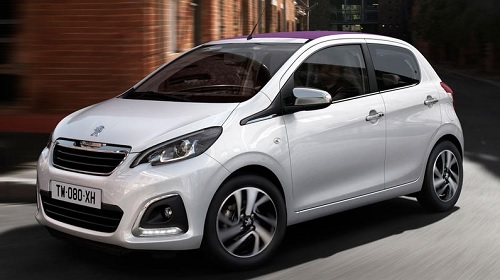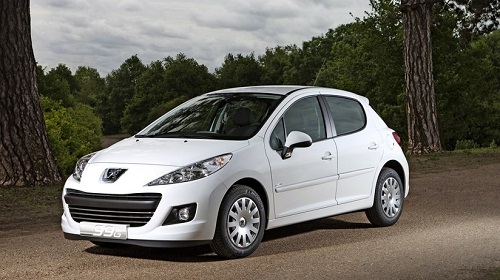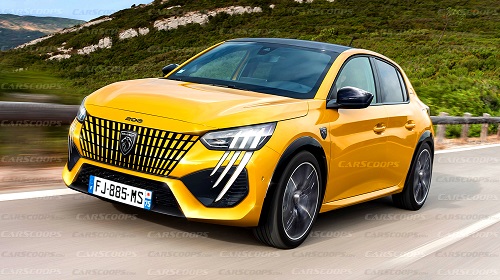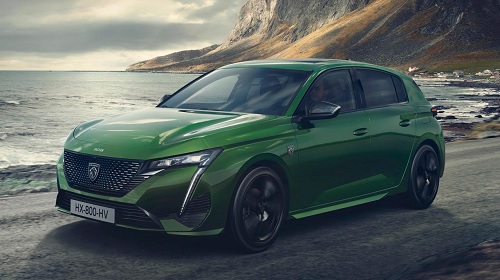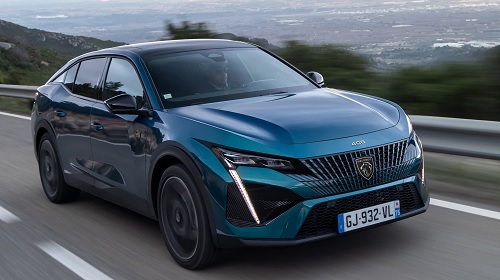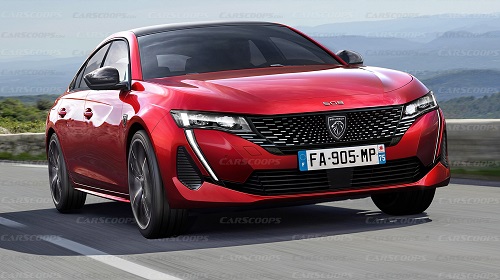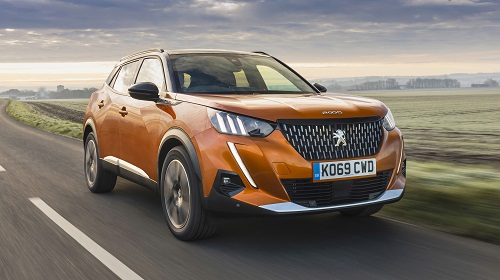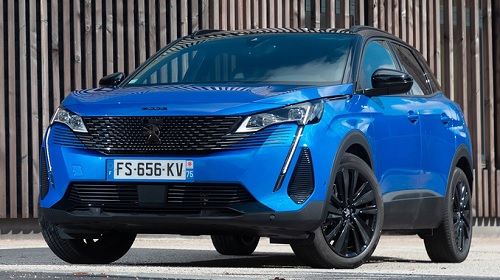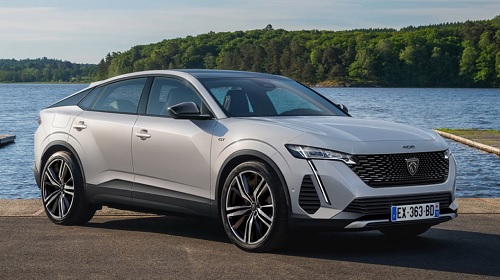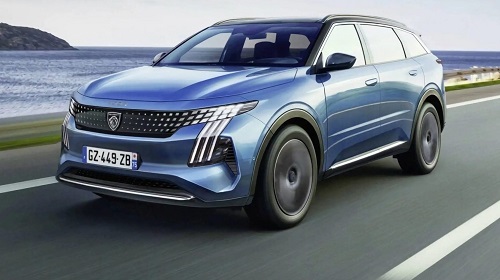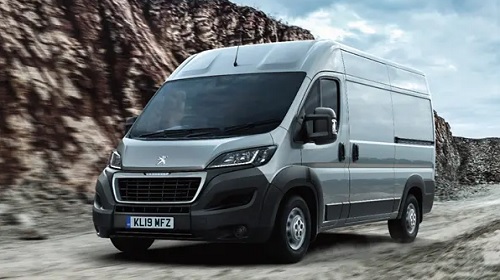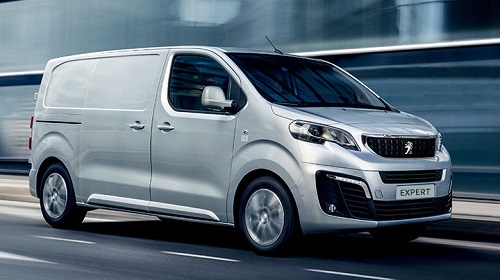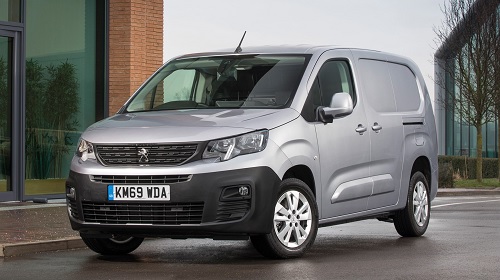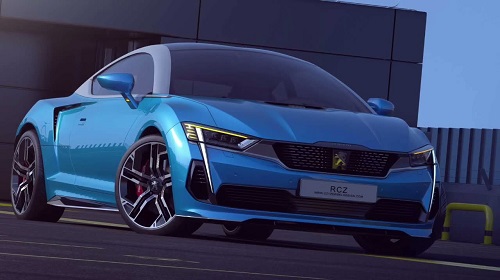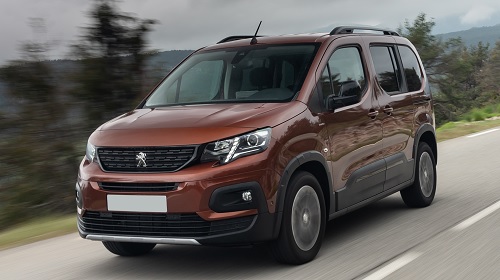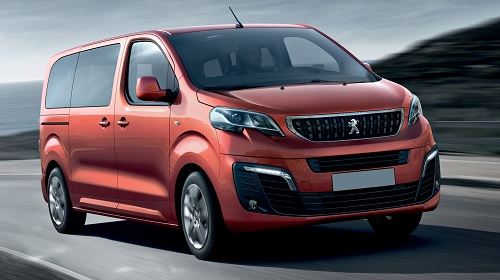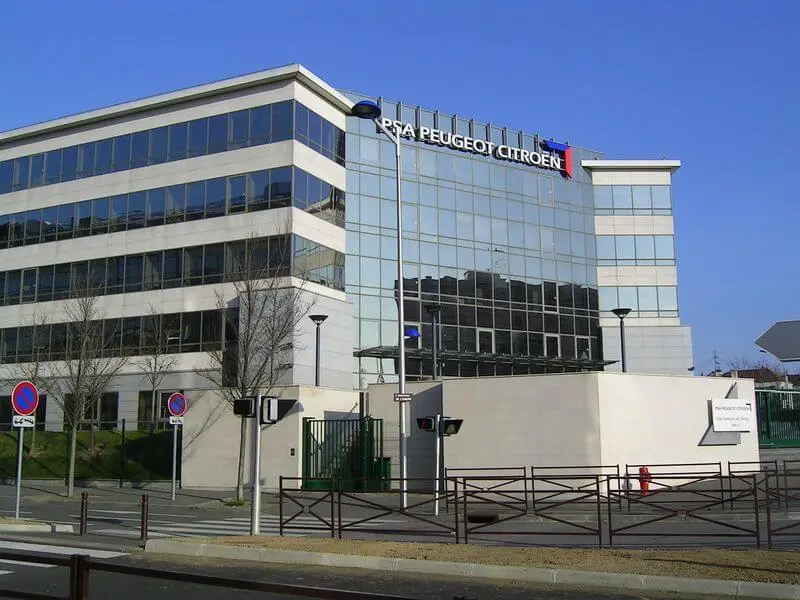
Peugeot: Passion and Performance in Motion
PSA Peugeot Citroën S.A. is a French car manufacturer headquartered in Paris, France. In 2021, Peugeot merged with Fiat Chrysler Automobiles to form a new company called Stellantis, headquartered in London, UK.
Peugeot Models
History of the Peugeot brand.
The Peugeot family
Peugeot was founded in 1810 by Jean-Pierre Peugeot, a member of the Peugeot family, who initially started a family business producing saws, springs, and other metal goods in the town of Hérimoncourt in Eastern France. In the early 19th century, Jean-Pierre's son, Jean-Pierre II, began to explore new markets for the company's products. In 1830, the Peugeot family began producing coffee mills, which became very popular and successful. The success of the coffee mills led to the family's expansion into other consumer goods, including bicycles.
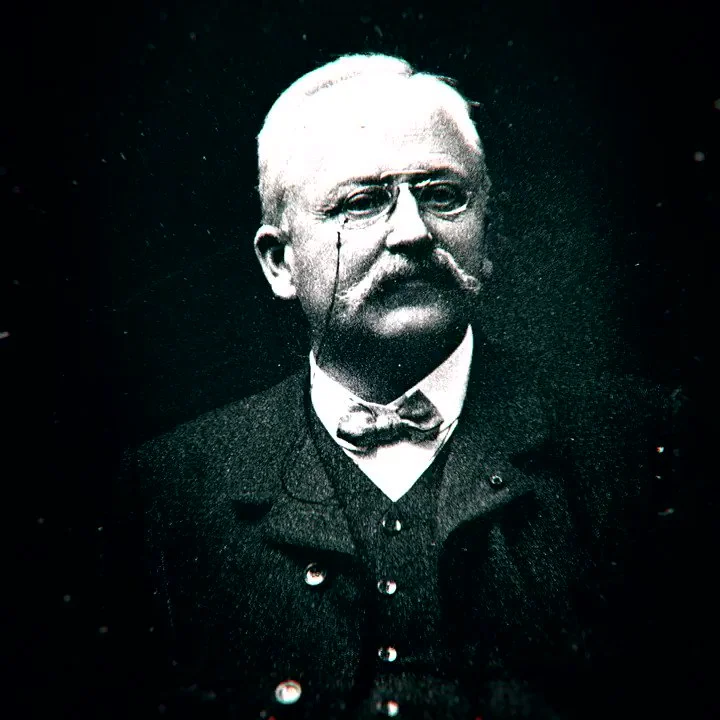
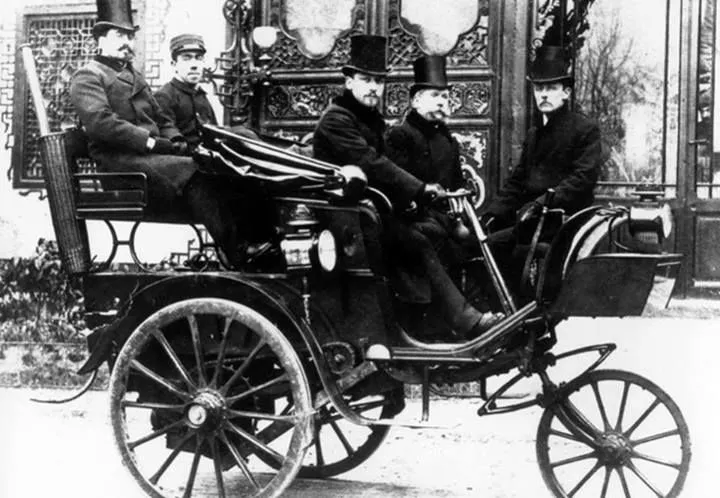
First Peugeot car - Type 1
The first Peugeot car was the Peugeot Type 1, which was produced in 1891. The Peugeot Type 1 was a three-wheeled steam-powered vehicle that could reach a top speed of 15 kilometers per hour. It was designed and built by Armand Peugeot, who was the founder of Peugeot. After the success of the Peugeot Type 1, the company began producing four-wheeled gasoline-powered cars, starting with the Peugeot Type 2 in 1892. The Peugeot Type 2 was powered by a two-cylinder engine and could reach a top speed of 20 kilometers per hour.
Peugeot and World War I
During World War I, Peugeot was one of the major suppliers of vehicles and military equipment to the French Army. The company produced a range of vehicles for military use, including cars, trucks, and motorcycles, and also developed new technologies to support the war effort. For example, Peugeot designed and built a new type of machine gun that was used by French soldiers during the war. After the war ended, Peugeot resumed civilian production and continued to grow as a leading automotive manufacturer. The experience gained during the war helped to strengthen the company's engineering and manufacturing capabilities, which enabled it to become a major player in the global automotive industry in the years to come.
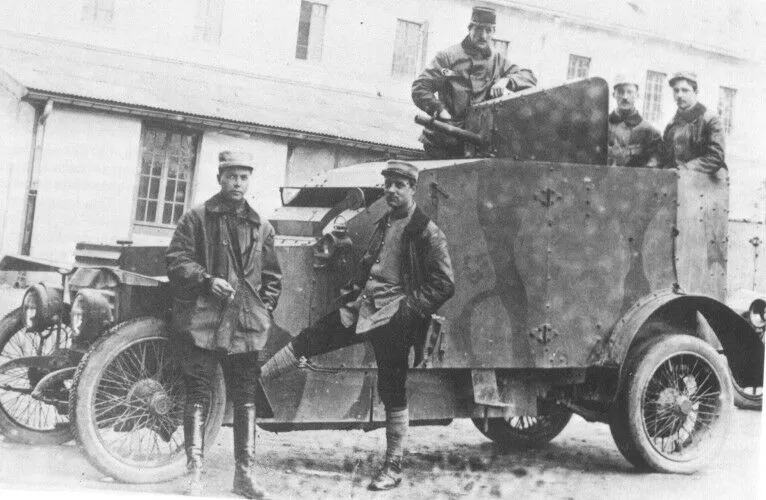
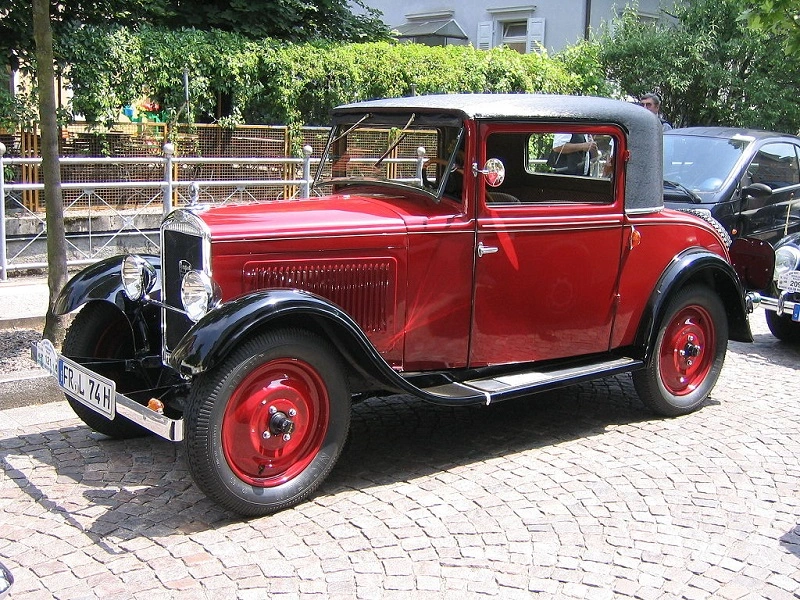
Peugeot after World War I
After World War I, Peugeot resumed its civilian cars production and introduced several new models, including the Peugeot 201 and the Peugeot 301, which were popular with consumers and helped to establish the brand as a leader in the European automotive market. During this period, Peugeot also continued to develop new technologies and engineering innovations. For example, in 1929, the company introduced the first diesel-powered car, the Peugeot 201 D, which was known for its fuel efficiency and reliability. Peugeot also expanded its operations beyond France during this period, establishing subsidiaries and manufacturing facilities in other parts of Europe, as well as in Africa and South America.
Peugeot in the 1930s
The 1930s company continued to expand its range of vehicles and develop new technologies. During this decade, Peugeot produced several popular models that helped to establish the brand as a leading automotive manufacturer. One of the most notable Peugeot models of the 1930s was the Peugeot 402, which was first introduced in 1935. The Peugeot 402 was a mid-size car that was available in a range of body styles, including sedan, coupe, and convertible. Another important model introduced during this decade was the Peugeot 202, which was launched in 1938. The Peugeot 202 was a compact car that was designed to be affordable and fuel-efficient. Peugeot also continued to produce a range of commercial vehicles and motorcycles during the 1930s.
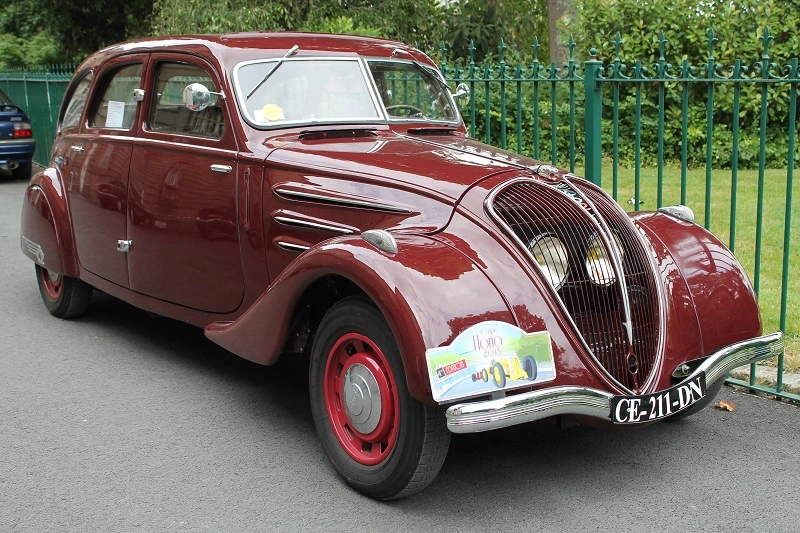
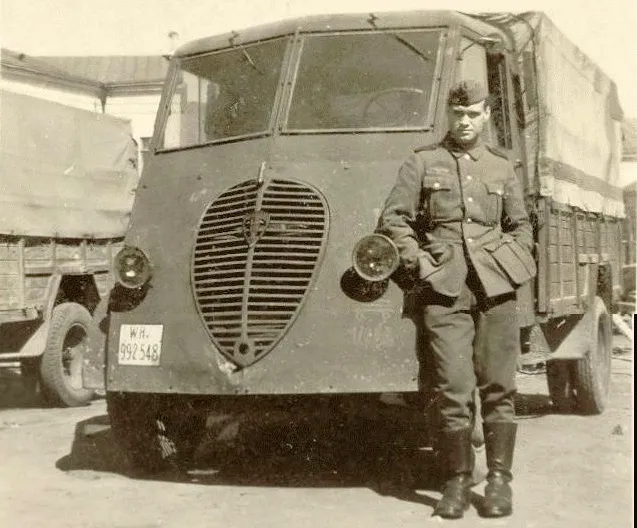
Peugeot and World War II
During World War II, Peugeot's factories in France were once again converted to produce military equipment for the occupying German forces. The company was forced to produce vehicles and other machinery for the German army, including trucks and tanks. Production of civilian vehicles were significantly reduced due to resource constraints and disruptions to the supply chain. Despite these challenges, Peugeot managed to survive the war and resume civilian production after the liberation of France in 1944. However, the company faced significant challenges in the post-war period, as the French economy struggled to recover from the devastation of the war.
Peugeot after World War II
After World War II, Peugeot faced significant challenges as it worked to rebuild its manufacturing capabilities. However, the company managed to survive and thrive in the post-war period, introducing several new models and expanding its operations around the world. One of the most important Peugeot models introduced in the post-war period was the Peugeot 203, which was first launched in 1948. The Peugeot 203 was a mid-size car that was popular with consumers for its sleek design and advanced engineering features, such as hydraulic brakes and independent suspension. The model was a commercial success and helped to establish the brand as a major player in the European automotive market.
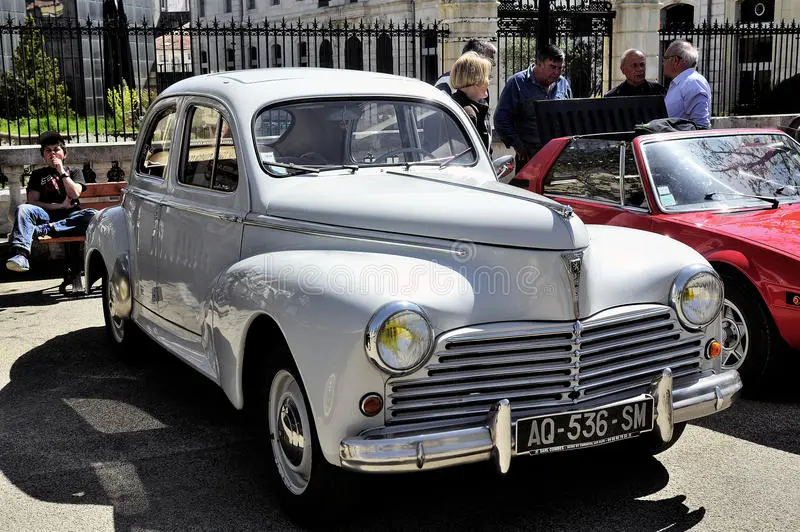
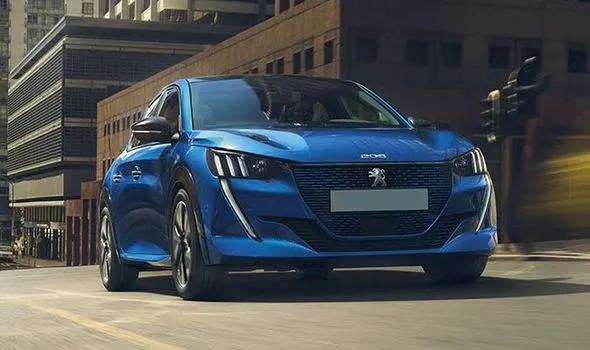
Peugeot today
TIn the years that followed, Peugeot continued to expand its operations around the world, establishing subsidiaries and manufacturing facilities in Asia, Africa, and South America. The company also introduced several new models, including the Peugeot 403 in 1955 and the Peugeot 404 in 1960, which were popular with consumers and helped to further establish the brand's reputation for quality and innovation. Peugeot also played a key role in the development of the European automotive industry during this period, helping to establish the European Economic Community and working to standardize manufacturing and safety regulations across the continent. Today, Peugeot is a leading global automotive brand with a strong presence in Europe and around the world. The company continues to innovate and develop new technologies, with a focus on electric and hybrid vehicles, as it looks to position itself as a leader in the transition to sustainable mobility.
Citroen acquisition and PSA Group
In 1976, Peugeot acquired Citroën to form PSA Peugeot Citroën, which later became Groupe PSA. The merger was a significant event in the history of both companies, as it created one of the largest automotive manufacturers in Europe and established Peugeot as a major player in the global automotive industry. The merger allowed Peugeot to benefit from Citroën's expertise in innovative engineering and advanced suspension systems, while Citroën gained access to Peugeot's manufacturing capabilities and financial resources. The two companies continued to operate as separate brands under the PSA Peugeot Citroën umbrella, with each brand maintaining its own distinct identity and product lines.
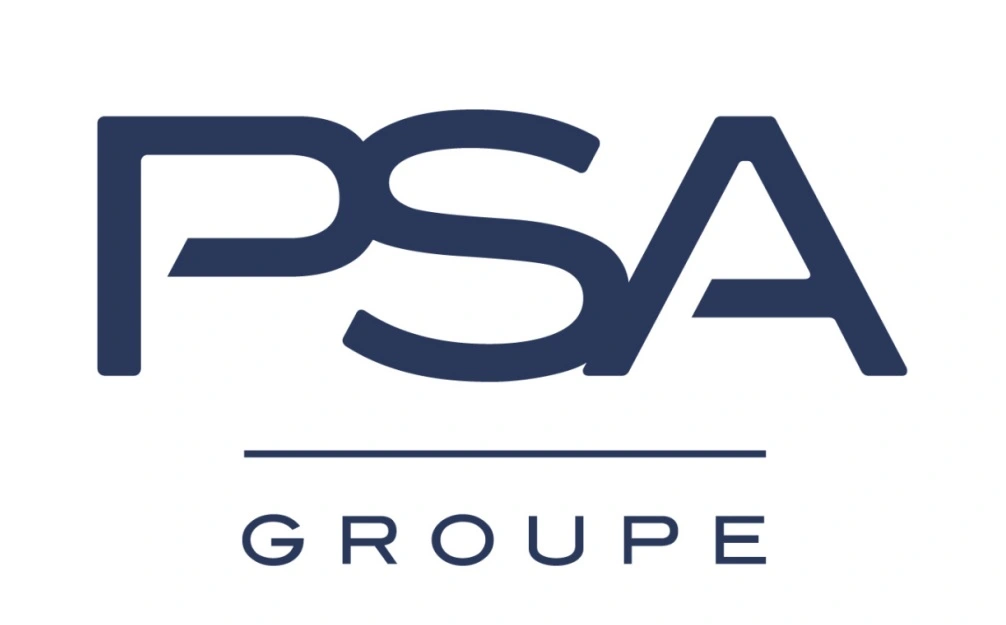
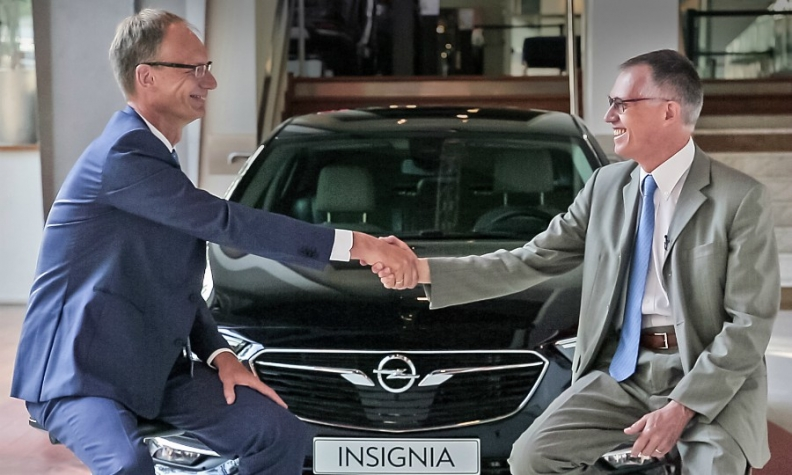
Opel and Vauxhall acquisition from General Motors
In 2017, Groupe PSA, which owns the Peugeot, Citroen, and DS brands, acquired Opel and Vauxhall from General Motors for 2.2 billion euros. The acquisition made Groupe PSA the second-largest car manufacturer in Europe, behind only Volkswagen. As part of the acquisition, Groupe PSA renamed itself as Stellantis in 2021. Opel and Vauxhall continue to operate as subsidiaries of Stellantis.
Peugeot logo evolution
The Peugeot logo has evolved over the years. Here is a brief overview of its evolution:
1847: The first Peugeot logo featured a lion standing on an arrow, with the letters "P" and "S" on either side of the arrow.
1858: The second Peugeot logo featured a more stylized lion standing on an arrow, with the letters "P" and "L" on either side of the arrow. The lion was meant to symbolize the qualities of strength, flexibility, and speed.
1875: The third Peugeot logo featured a lion's head, with the letters "P" and "S" beneath it.
1948: The fourth Peugeot logo featured a more detailed lion's head, with the letters "P" and "E" beneath it.
1955: The fifth Peugeot logo featured a more streamlined lion's head, with the letters "P" and "E" beneath it. This logo was designed by the famous car designer Flaminio Bertoni.
1976: The sixth Peugeot logo featured a stylized lion's head, with the letters "P" and "E" on either side of it.
1998: The seventh Peugeot logo featured a more three-dimensional lion's head, with the letters "P" and "E" beneath it.
2010: The eighth Peugeot logo features a more stylized lion's head, with the letters "P" and "E" on either side of it. The logo is meant to convey the values of innovation, excellence, and emotion.
2021: The new Peugeot logo features a more minimalistic and contemporary design, with a bold and streamlined lion's head as the centerpiece. The letters "PEUGEOT" appear below the lion's head in all-caps, with a new font that is more modern and sleek. The logo has a monochromatic look, with a black background and silver lion's head and lettering.
Each iteration of the logo has reflected the changing times and the evolving identity of the Peugeot brand.
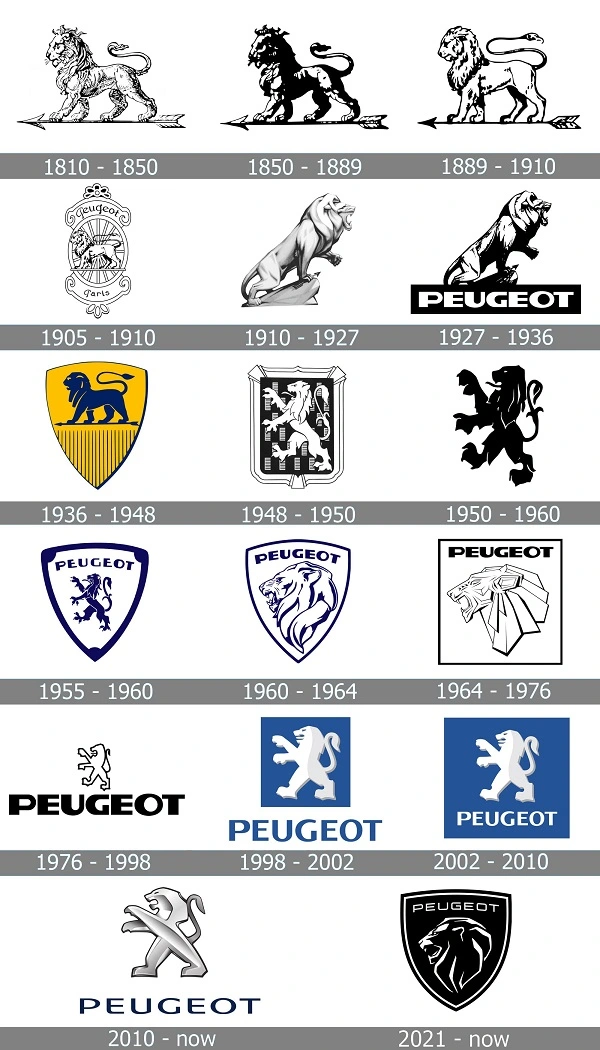
eXus Dev 24.5.2023

